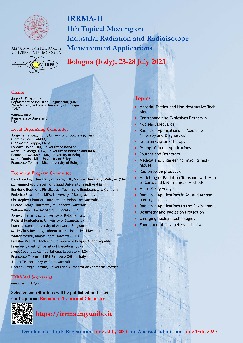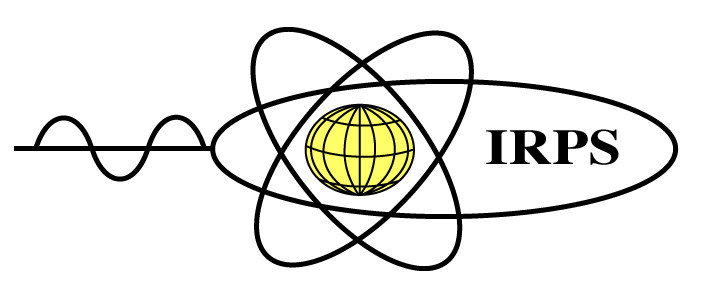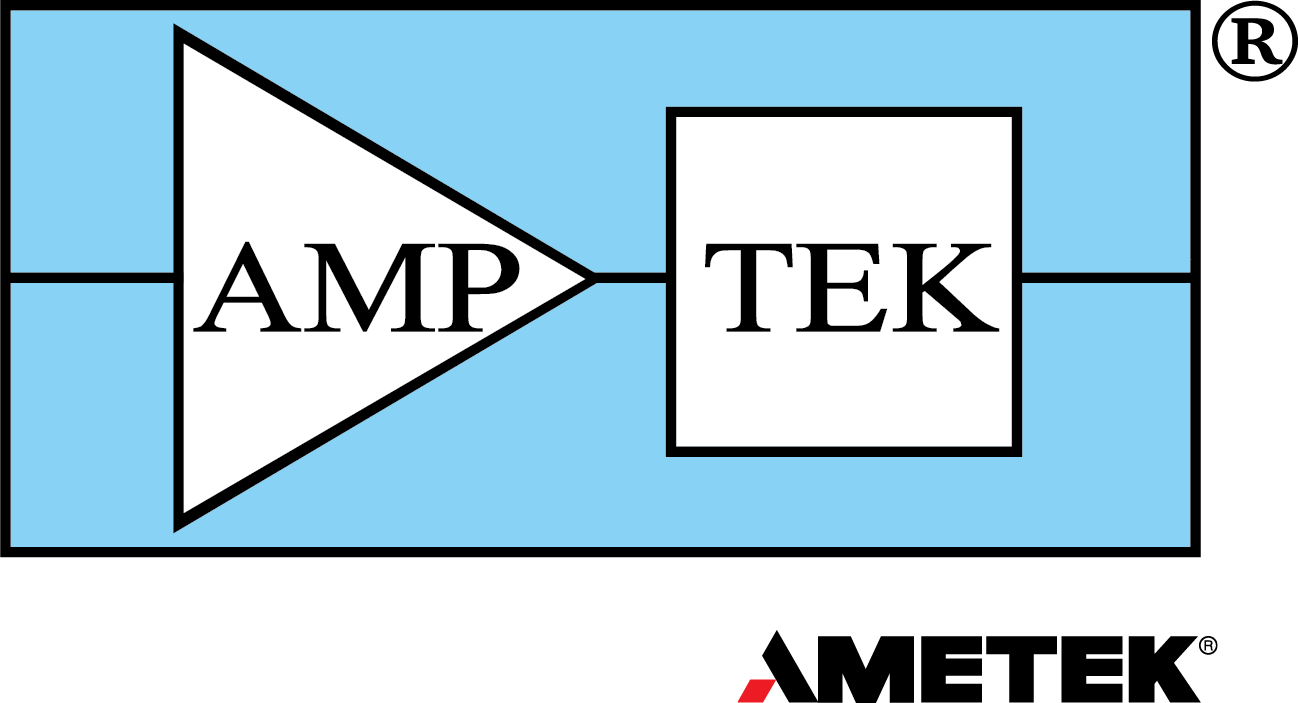Diagnostic techniques:
- Non-destructive measurements with nuclear radiation
- Material characterization with nuclear radiation measurements.
- X-ray inspection techniques.
- Characterization of geophysical properties with nuclear devices.
- Prompt gamma-ray applications to measure elemental composition
- Detection of explosives and contraband with prompt gamma-ray and x-ray methods.
- Microscopic x-ray analysis.
- Tomography of industrial samples like airplane propellers and bulk molten steel.
- Radiation and phase colloids.
Nuclear safeguards:
- Uranium and plutonium passive and active measurement methods.
- Nuclear well logging: use of nuclear devices for in-situ measurements of borehole parameters.
Medical Applications:
- Medical and engineering imaging methods and applications: PET, SPECT, CT methods, and phase contrast radiography and tomography.
- Nuclear applications in medicine: neutron capture therapy (thermal and epithermal neutron methods, BNCT), neutron brachytherapy and clinical applications of Californium-252 sources.
- Lead and heavy element trace measurements by XRF and other nuclear methods.
Industrial Applications:
- Emission tomography: two-phase flow and other flow applications.
- Synchrotron radiation and other polarized sources.
- Radiotracing applications in industrial processes.
- Sheet thickness gauging.
Sources and detectors:
- X- and Gamma-ray detectors
- Neutron source production and applications.
- Radiation and radioisotope production with reactors and accelerators.
- Plasma sources production and applications.
- New detector technologies.
Modelling:
- Monte Carlo and other modelling methods of radiation transport, applications to design and measurement interference reduction.
- Atomic and nuclear data evaluations.
- Modelling of fundamental interactions.
Radiation Applications in Art and Archaeometry:
- X-ray fluorescence
- X- and gamma-ray tomography
- Thermography and infrared diagnostics
- Synchrotron radiation and other polarized sources.
Radiation Applications to the Environment:
- Pollution in air, water and soils using traditional and total reflection x-ray fluorescence
- Atmospheric aerosols and other LIDAR applications
- Climate modelling with nuclear techniques.
- Synchrotron radiation and other polarized sources.
Dosimetry and radiation protection.
Emerging nuclear technologies: new developments.
Fundamental Parameters Initiative:
- Theoretical calculations of fundamental parameters (FP)
- Recent measurements of atomic fundamental parameters
- New data evaluations and databases
- Methodological developments to reduce FP uncertainties
- Validation strategies – experiments and theory




